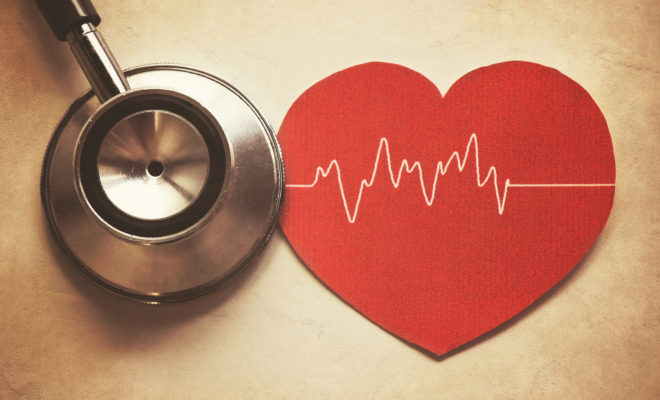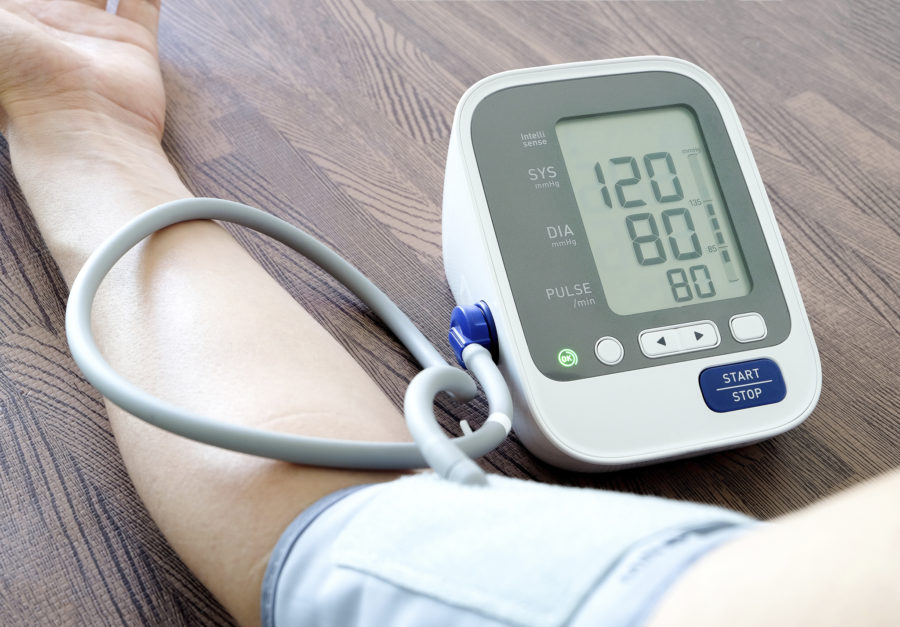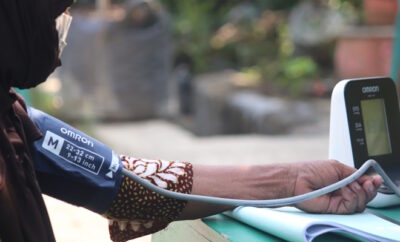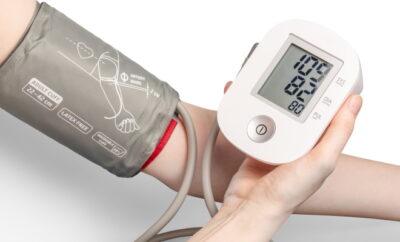
Health x Wellness
How to Stop The World’s Biggest Killer
By Alexis En, Marketing Director, Omron Healthcare
With World Heart Day around the corner, it’s time to remind ourselves how we can protect our hearts from its most lethal enemy.
The world’s biggest killer has some impressive numbers. In Singapore, cardiovascular disease accounted for 6,280 deaths in 2017 alone. That is more people than we can fit into the OCBC Aquatic Centre.
However, there is a bigger, more impressive number that’s attainable: Zero.
With lifestyle adjustments, proactive monitoring of our health, and the use of technology, we have reached a tipping point where it is possible for an entire generation to experience zero deaths due to cardiovascular disease.
Building an early warning system
Reducing stress, cutting out cigarettes and regularly exercising are some of the key tips that have been proven to reduce the risk of cardiovascular disease. Incorporating more fruits and vegetables, which are usually high in fibre, minerals and vitamins, into our daily diets can also help manage our weight and blood pressure.
However, there is a good reason why hypertension is called a silent killer, and strokes and heart attacks have been frequently dramatised as sudden and unexpected. Symptoms of cardiovascular disease often do not show up in our daily lives until it is too late. We simply do not realise that we need to monitor our health, even if we are leading seemingly healthy, active lives. What we need is an early warning system – a way to monitor our health and take action.
Technology now offers us a convenient way to do this. For example, to combat diabetes, another leading contributor to heart disease, we first need to know if our blood glucose levels are within a healthy target range. Yet we can now buy blood glucose monitors the size of our palms to help alert us if we need to eat healthier or exercise more regularly.
Similarly, when it comes to monitoring our blood pressure to address hypertension, we can now avoid long queues at clinics as affordable and fully-automatic blood pressure monitors are easily available in pharmacies or online stores. These devices help us and our family members keep our blood pressure in check in the comfort of our own homes.

Personal health monitoring devices are just the tip of the iceberg in terms of how technology can play a vital role in maintaining good health. Advanced technologies such as the Internet of Things (IoT), wireless connectivity and mobile applications are set to play pivotal roles in the fight against cardiovascular disease and bring deaths down to zero.
Paving the road for Generation Zero
Besides making it easier and more convenient for us to monitor our health, technology is also now allowing us to compile, measure and collect such health data over a period of time. It used to be that we only get a health assessment when we are in the doctor’s office. But now, the humble blood pressure monitor has progressed to provide clinically accurate readings at home. This means that doctors can now gain a comprehensive view of our blood pressure levels over longer periods of time to make more informed diagnosis and treatment plans.
Moreover, blood pressure monitors are even being built into smart watches and connected to applications on our smartphones. By combining this healthcare information through technology ecosystems like Omron Connect, we can now store and monitor their readings over a certain period of time through interactive visuals such as graphs and charts.
From here, synchronising data into common health and fitness platforms allows us to see correlations between other health data such as body mass, dietary patterns, fat percentages, and so on. Provided with accurate health data collected over a period of time, medical practitioners will now be able to address cardiovascular conditions more effectively.
This connectivity cannot be timelier, as our population is rapidly ageing. We are now beginning to see new smart devices with fall detection and built-in electrocardiography monitoring come on to the market. This moves some of the tasks of ongoing monitoring away from the elderly and into the hands of their carers.
Furthermore, technology continues to improve patient diagnostics in clinics. For instance, some Omron blood pressure monitors are now capable of transmitting ultrasonic waves to measure arterial wall stiffness and detect blockages or blood clots with even greater accuracy than standard electronic monitors.
Prevention – Key to the quest for Generation Zero
The adage ‘prevention is better than cure’ is pivotal to realising Generation Zero. Healthier lifestyles changes will always be important to combat cardiovascular disease, but by incorporating technology into our personal healthcare efforts, we now have access to the vital information needed to understand exactly how much of a change we need to make, or if we are doing enough.
With cardiovascular disease now responsible for one in three deaths and rising, the time to take action is now, especially when 80 per cent of all strokes are completely preventable. This World Heart Day on 29 September, join those that are going for zero and take the 90 Day Blood Pressure Challenge – your heart deserves it!
Together, we can make zero the most significant number in our lives.









